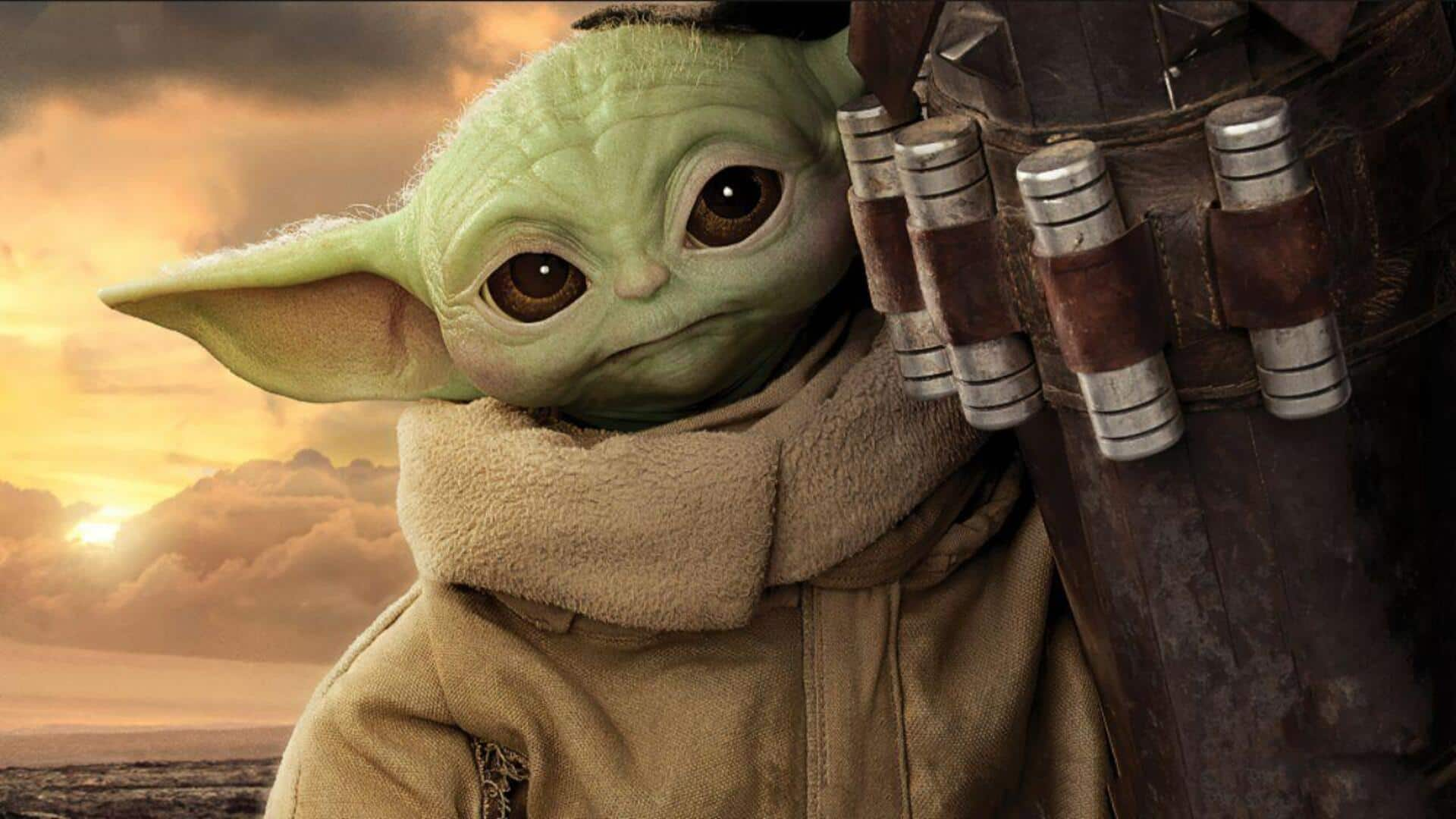
How Baby Yoda was brought to life in 'The Mandalorian'
What's the story
The Mandalorian introduced us to the cutest thing to ever exist: Baby Yoda, or officially, The Child. The character not only stole our hearts due to its cuteness but also due to the incredible puppetry involved in bringing it to life. The making and working of Baby Yoda involved a mix of traditional puppetry techniques and modern technology, making it fascinating for fans and creators alike.
Puppet design
Crafting 'The Mandalorian's iconic puppet
Baby Yoda's design was also meticulously crafted to capture the essence of both mystery and innocence. The puppet was designed by a team of skilled artists focusing on every detail, from its expressive eyes to its tiny hands. This attention to detail made sure Baby Yoda could convey a wide range of emotions without even uttering a single word.
Tech integration
Technology meets tradition in puppetry
While traditional puppetry was instrumental in breathing life into Baby Yoda, technology also had a hand to play. Advanced animatronics were incorporated into the puppet, which allowed for more nuanced movement and expressions. This combination made it possible for the character to interact seamlessly with actors on set while still feeling organic.
Collaborative effort
Teamwork behind every scene
Bringing Baby Yoda to life was not a one-person job, but a combined effort of multiple departments. Puppeteers ensured that directors and actors worked hand-in-hand to make sure every scene felt natural. It was their teamwork that made Baby Yoda's interactions with other characters believable, adding to the storytelling experience.
Budget insights
Cost considerations in production
However, creating such an intricate puppet didn't come cheap. Reports indicate that each episode starring Baby Yoda cost a pretty penny, both in terms of time and money. However, it was all worth it in the end as the character quickly became an iconic part of The Mandalorian and contributed immensely to its success.